
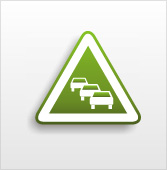
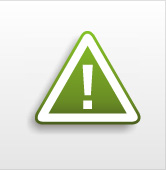
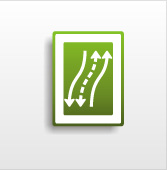
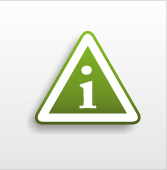


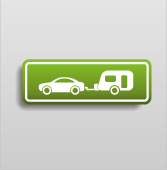

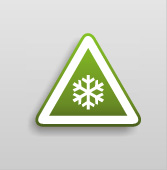
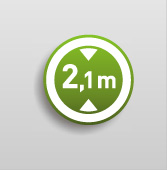
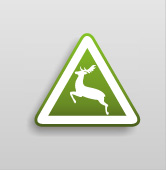
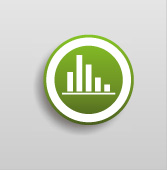



|
Traffic jam warnings
Mobile traffic jam warnings are mostly used ahead of roadworks. Sensors at the side of the road collect traffic data, which are then analysed in a data centre using heuristic and stochastic calculation models. Motorists are actively warned about possible hazardous situations using variable message signs, which considerably reduces the risk of rear-end collisions. |
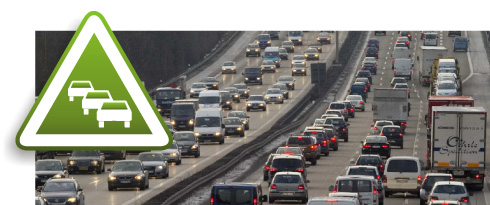 |
|
 |
||
|
Hazard signals
Motorists are warned of potential hazards using corresponding message signs. Static or temporary hazard warnings are carried out using appropriate variable message signs. The corresponding signals depend on the application: temporary displays can be used for periodically-recurring incidents, among others. For example, signs can be used in mountainous areas to indicate when snow chains must be used. |
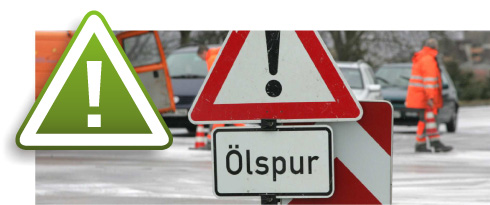 |
|
 |
||
|
Variable traffic routing
Variable traffic routing is when a lane can be used by traffic in both directions. The lane can be freed up in either direction depending on the traffic situation or at particular times of day. Variable message signs using LED technology alert the motorist in good time to move into the relevant lane. Using a mobile barrier which can be positioned manually or automatically, traffic is directed in the specific direction. |
 |
|
 |
||
|
Information displays
Information displays give the motorist important information regarding traffic situations, such as traffic volume, available parking spaces, or diversion recommendations. Information is displayed on LED displays or trivision signs. These displays are highly visible when installed at the side of the road or above the road. The LED technology is very flexible and can be programmed with the corresponding software in order to suit requirements. |
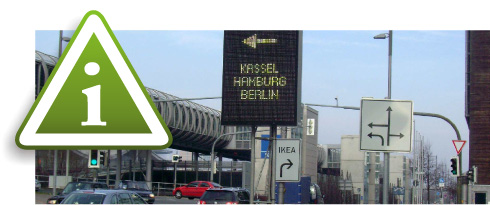 |
|
 |
||
|
Suggestion de déviation
Sur les axes principaux et secondaires, l'état du trafic est enregistré grâce à des caméras et des capteurs. A partir de ces données, un programme de calcul d'itinéraire détermine la meilleure option de déviation. Par le biais d'affichage PMV, les automobilistes sont informés de la déviation et y sont, le cas échéants, conduits. Camera surveillance Mobile video surveillance is carried out using sturdy cameras, and their images can be viewed from anywhere in the world using GPRS, EDGE or UMTS. The images can be viewed directly from the camera using any computer with internet access. This technology can be used in particular for applications such as temporary surveillance, e.g. for roadworks and diversions. Permanent installations are also possible. |
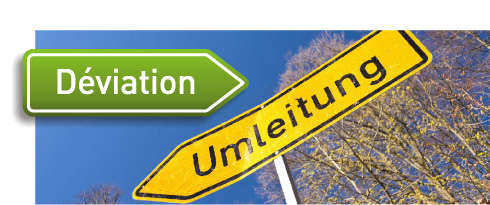 |
|
 |
||
|
Diversion recommendations
Traffic situations on main roads and side roads are detected using cameras featuring sensor technology. The data are analysed using a traffic computer which then calculates the optimal diversion route. Motorists are advised of the diversion using LED displays or mobile signposting. |
 |
|
 |
||
|
Journey time
Information about increases in traffic flow is important and therefore should be communicated to motorists. Travel times are calculated using mathematical models. These calculations are based on traffic data gathered by means such as sensors located at the side of the road and bluetooth signals. Information is given to motorists via LED displays. |
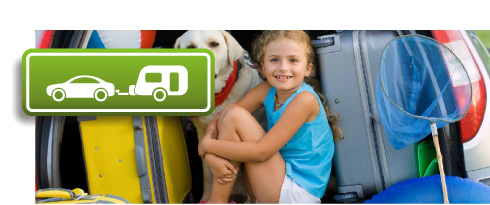 |
|
 |
||
|
Traffic control
As a rule, traffic control systems consist of a monitored stretch of road with variable message signs. These are fitted with display units which show different messages in certain conditions. In this way, traffic flow can be managed in terms of quantity and direction, for example. Traffic is evened out, thus optimising traffic flow. |
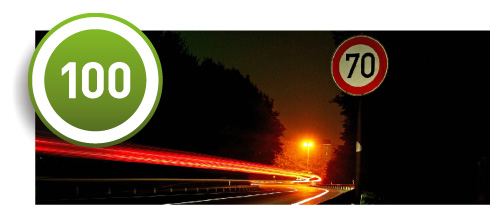 |
|
 |
||
|
Ice warnings
Environmental data sensors collect data concerning temperatures, humidity, wind speeds etc. The sensors are located at the side of the road and/or are embedded in the road surface. In slippery conditions caused by water, ice or snow, motorists are given appropriate warning alerts in the form of variable message signs with highway code symbols, in conjunction with the appropriate additional signs. |
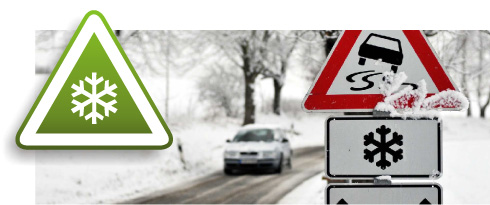 |
|
 |
||
|
Height control
Vehicles are constantly measured with special infrared or laser technology. Should the total admissible height be exceeded, the motorist will be alerted via the LED displays and will be automatically prevented from travelling any further. |
 |
|
 |
||
|
Animal warnings
The edge of the road is constantly monitored by sensors which detect any movements caused by wild animals. The detection unit generates a positioning command which activates the LED displays situated at the side of the road. The motorist is alerted to the hazard using the symbols "Animals crossing" and "Reduction of maximum speed limit". As a rule, this considerably decreases the severity of accidents, and can even completely eliminate collisions caused by wild animals. |
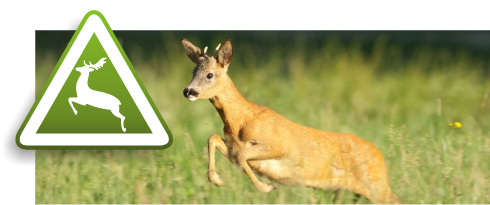 |
|
 |
||
|
Traffic counts
Traffic counts detect and count vehicles using sensors and allocate them to groups. Current traffic data are used by transport authorities to aid decision making. Sensors can be positioned at the side of the road or be positioned on or within the road surface. In addition, manual traffic counts are also frequently carried out in order to support and verify the automatic results. |
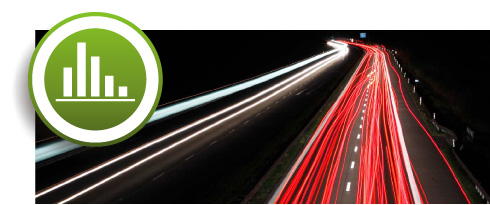 |
|
 |
||
 DEUTSCH
DEUTSCH ENGLISH
ENGLISH
 FRANÇAIS
FRANÇAIS